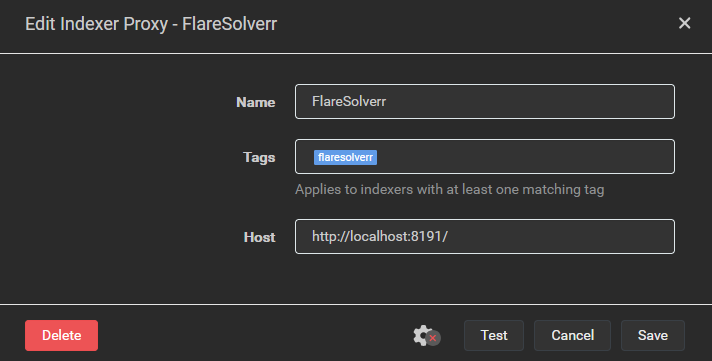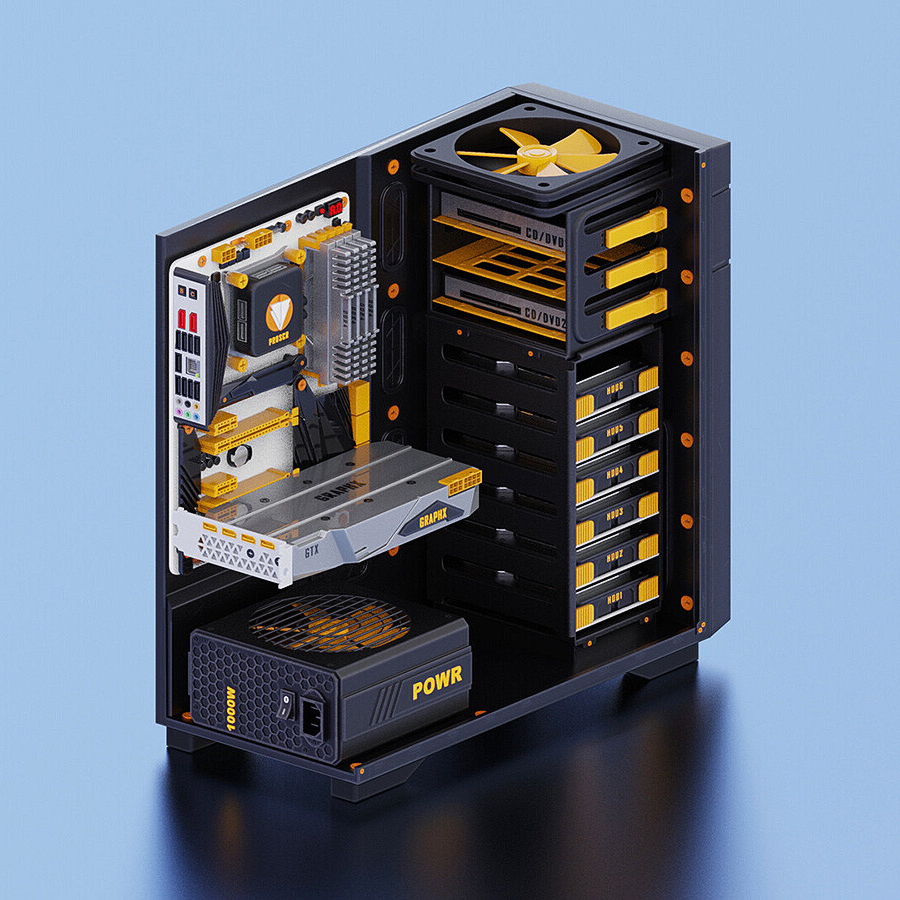

OpenAI on that enshittification speedrun any% no-glitch!
Honestly though, they’re skipping right past the “be good to users to get them to lock in” step. They can’t even use the platform capitalism playbook because it costs too much to run AI platforms. Shit is egregiously expensive and doesn’t deliver sufficient return to justify the cost. At this point I’m ~80% certain that AI is going to be a dead tech fad by the end of this decade because the economics just don’t work now that the free money era has ended.













Keep in mind that Larry Ellison is fundamentally incapable of caring whether or not “citizens will be on their best behavior.” The only reason he would say a thing such as this is because he sees an opportunity to make money from such a system.